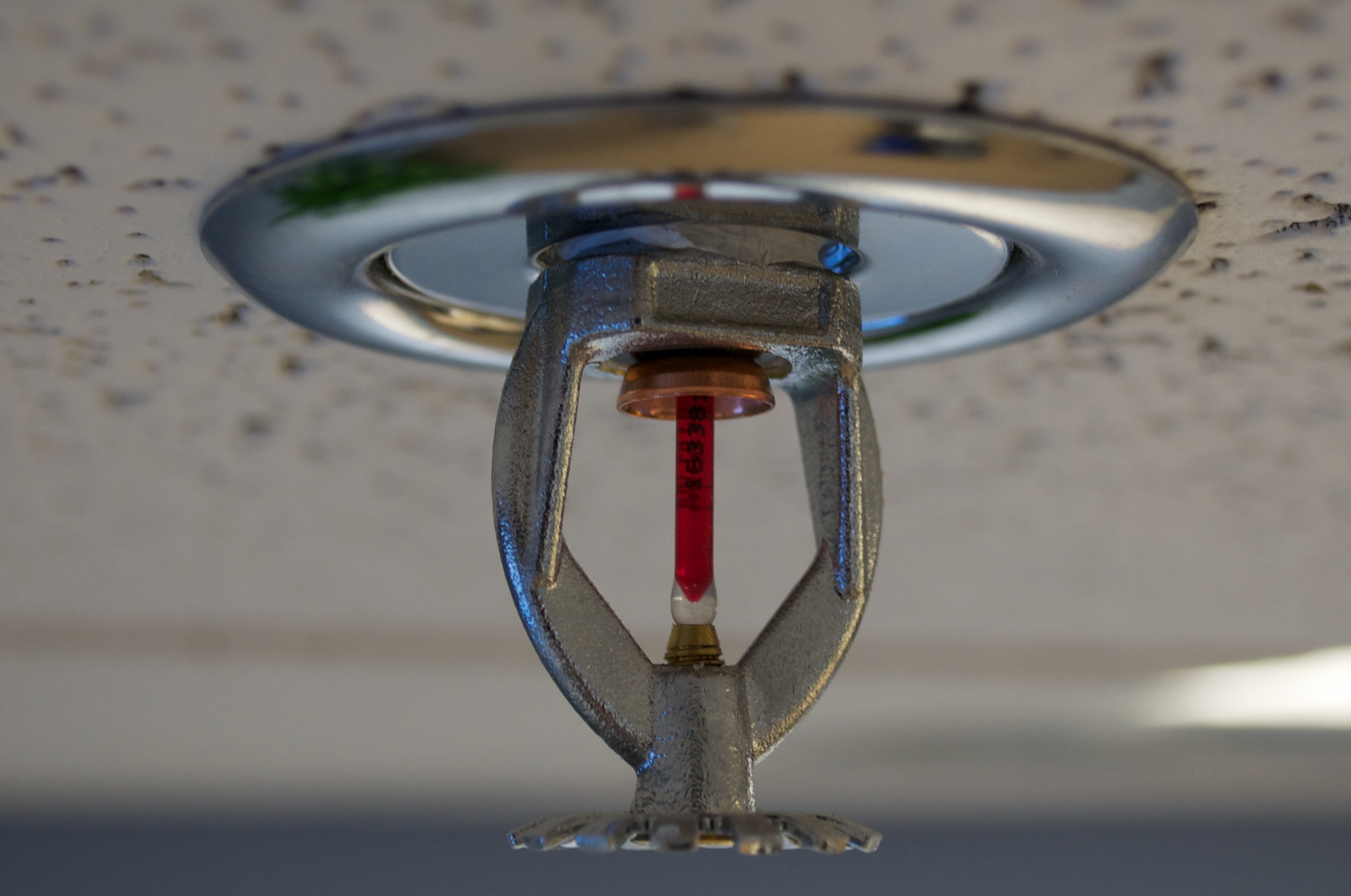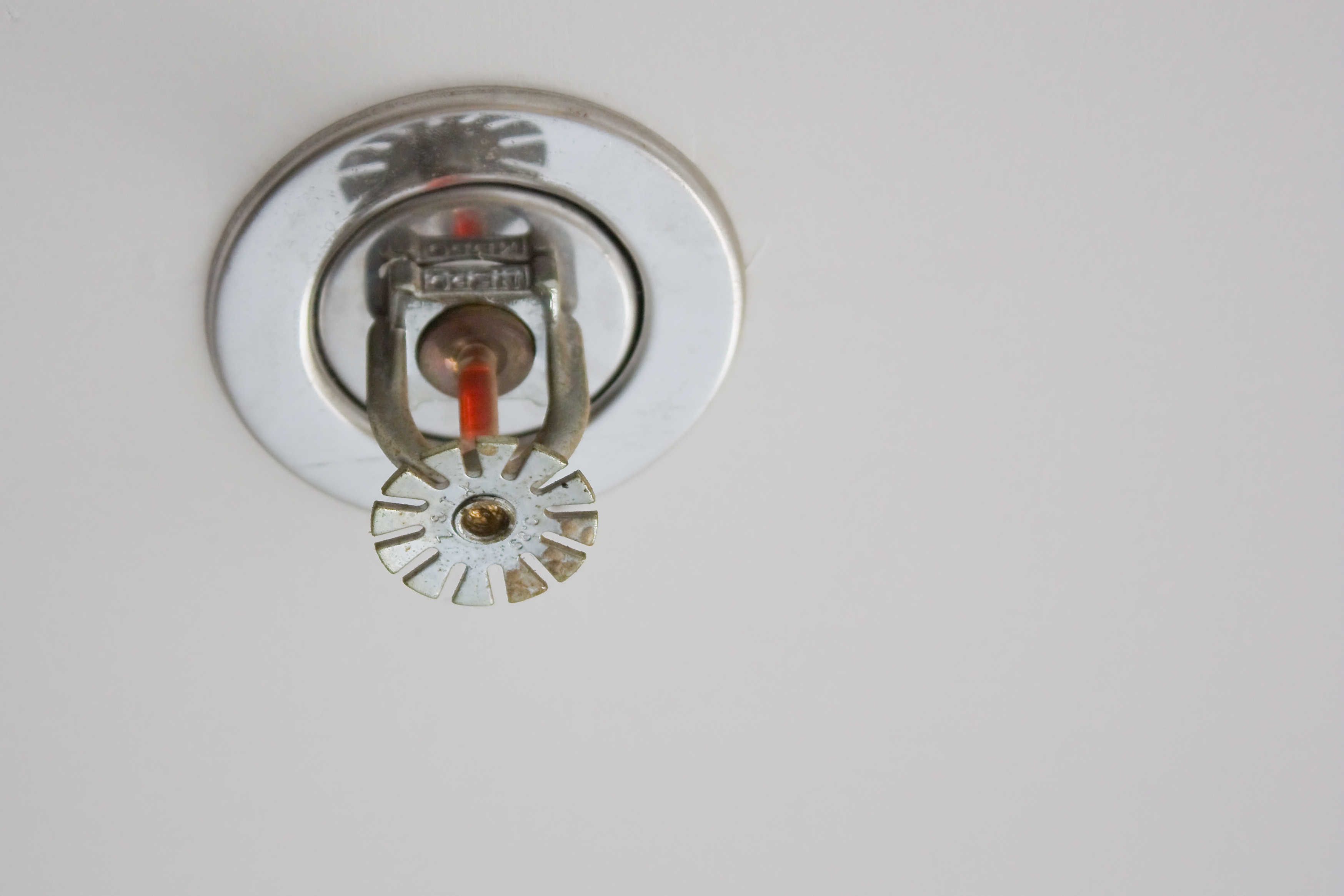Comprehensive Resource on Fire Suppression Systems and Response Drills
Comprehensive Resource on Fire Suppression Systems and Response Drills
Blog Article
Emergency preparedness is a top priority for building managers. Critical elements of fire safety are sprinkler systems and firefighting preparedness programs. While sprinkler systems prevent fires from spreading, trained fire brigades handle emergencies effectively.
How Do Sprinkler Systems Work?
Sprinkler systems are designed to respond quickly by managing water flow when fire breaks out. Fire safety heads targets specific areas, limiting unnecessary damage.

Main elements of sprinkler setups include:
- Nozzles: Release water to manage fire zones.
- Water transport system: Ensures consistent water flow.
- Control systems: Manage sprinkler operations.
- Connected water supply: Supports continuous flow.
The Importance of Emergency Preparedness Programs
Brigade readiness programs prepares staff to handle fire emergencies. Emergency skills development emphasize teamwork, ensuring swift action during crisis scenarios.

Primary components of fire brigade training include:
- Awareness building: Identifying safety concerns.
- Evacuation drills: Planning efficient escape routes.
- Firefighting techniques: Learning suppression tactics.
- Team coordination: Coordinating under pressure.
curso brigada de incêndioQuando instalar sprinklers?
How Sprinkler Systems and Fire Brigade Training Work Together
Combining sprinkler systems with team safety exercises provides unmatched safety. Automatic systems control the fire early, while prepared teams step in to manage the situation.

Uniting tools and expertise ensures maximum protection for residential areas, workspaces, and industrial facilities alike.
Why Fire Safety Technology and Emergency Preparedness Are Essential
Investing in sprinkler systems and providing fire brigade training provides peace of mind. Working hand-in-hand, these strategies mitigate fire risks.
Take action for a safer tomorrow by installing a sprinkler system and initiating fire brigade training. Your safety and the safety of others depend on it!
Report this page